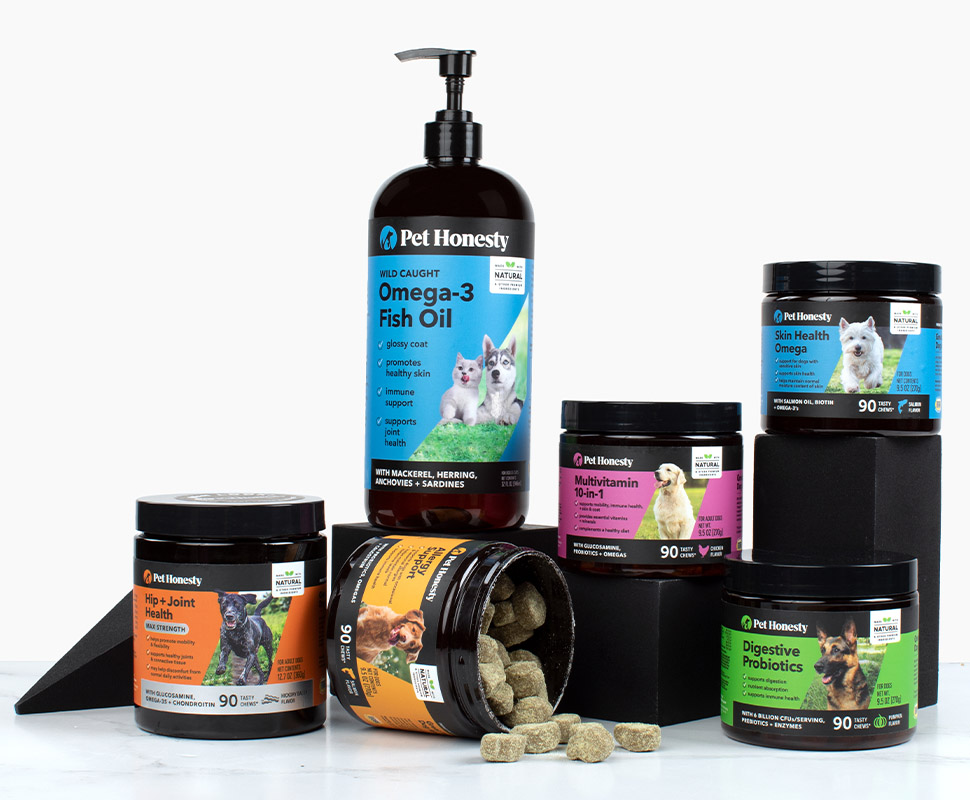This article was published in the March 2024 issue of Pet Food Processing. Read it and other articles from this issue in our March digital edition.
Reaching pet parents in spaces they already frequent is critical to growing a food or supplement brand, so brands are developing sales and marketing strategies that encompass both in-store and online sales as a part of a seamless approach to consumer engagement.
Online sales of pet food greatly accelerated during the pandemic, and there are now more younger pet owners than ever before who have different shopping preferences than previous generations. These factors have also contributed to the need for brands to create an omnichannel approach to sales and marketing, said Kerry O’Hara, chief insights officer for the Stamford, Conn.-based American Pet Products Association (APPA).
This diversification of the channels in which consumers buy products was highlighted in APPA’s “Strategic Insights for the Pet Industry: Pet Owners 2023 and Beyond” report, which found 38% of pet parents bought pet products in-person at a brick-and-mortar store, 34% purchased online with direct shipping, 12% browsed online and then purchased at an in-person store, 7% purchased online and picked up in-store, and 7% browsed in-store and then purchased online from a different retailer.

Pet Honesty launched its brand during the pandemic first through Amazon. After consumers started returning to shop in person, the brand expanded into brick-and-mortar.
|Because the same consumer might purchase goods at Petco, Amazon and Chewy, omnichannel sales are in large part being driven by the wide variety of channels available to consumers and the need for brands to meet consumers where they are, said Daniel Kiuttu, head of national sales at supplement brand Pet Honesty, Austin, Texas.
Consumers enjoy being able to search across outlets to compare and find the best value for products, O’Hara said. Additionally, the APPA found YouTube, retailer websites, Instagram and TikTok are all increasing in their prevalence as ways pet parents discover new products, so leveraging these outlets for unique brand engagement opportunities is critical.
Not only does the need to meet consumers where they are drive the omnichannel strategy at San Francisco-based Antelope, but providing education is also an essential component of this strategy, said Chief Executive Officer Wendy Wen.
“It’s important that we’re speaking to the benefits in the ingredients and the transparency of all of our products, and we’re leveraging online storefronts and in-person retailers to do that,” Wen said.
She said online direct-to-consumer sales can be a great educational platform that can also drive more sales at brick-and-mortar retailers. Additionally, Wen said independent pet stores are an important part of providing education to pet parents.

Antelope’s website, AntelopePets.com, is a one-stop-shop for pet owners looking for Bocce’s Bakery, Diggin’ Your Dog, Super Snouts and Ark Naturals products.
|Antelope relies heavily on its social media channels as an outlet of consumer education, and uses the advice of holistic veterinarian Lindsey Wendt to provide insight.
“We try to become a destination for content and for general education, and then at the same time educate customers on how some of the products we offer can be helpful to their specific ailments,” Wen said. “We try to stick to truly being educational regardless of whether it’s going to be promoting our products or not. We want to be a source of truth for customers.”
Kiuttu also emphasized the importance of building relationships and engaging with shoppers in ways beyond traditional advertising, and this includes the use of digital content across many platforms. He said much of the shopping journey happens on mobile devices before consumers enter a store.
“[Consumer] approach or strategy comes down to the platforms that they can consume content on… and the relationships they build with a brand or with a manufacturer there before ever having an intent to purchase,” Kiuttu said.
Building that relationship begins with making a consumer feel the brand is an ally with a purpose and values that align with the consumer’s priorities.
“The more authentic and the more organic the content, the higher the propensity of somebody to interact with, recall and engage the brand,” said Daniel Kiuttu, Pet Honesty.
“The more authentic and the more organic the content, the higher the propensity of somebody to interact with, recall and engage the brand,” Kiuttu said.
Supporting independent pet retailers is also a critical part of why Carnivore Meat Company, Green Bay, Wis., has invested in an omnichannel business, and Chief Commercial Officer Nick Ebert said these retailers provide a one-on-one relationship with consumers and their pets that is unmatched.
“As our retailers are becoming more sophisticated within the online e-commerce platform side, it’s incumbent upon us as a brand, through our marketing messaging, to ensure they have the tools and resources they can even leverage in their own portfolio,” Ebert said.
Building brand awareness and trust online is a critical piece of an omnichannel approach for brands as this will drive more consumers into physical retail to test and try products.
“Our approach as a brand is very much around supporting that independent pet retailer within brick-and-mortar and helping develop an approach that allows them to gain access to our tools and resources — whether it’s a desktop, mobile app or social — that just support what total omnichannel means within our category,” Ebert said.
Bringing digital launches in-store
Pet Honesty’s journey to becoming an omnichannel business was aided by the pandemic in many respects, Kiuttu said. The brand launched right as the pandemic began, when consumers were shopping online and adopting pets at a rapid rate. As a result, the company focused on scaling through Amazon and didn’t need to worry about its initial lack of presence in retail. Then, as consumers began returning more to physical stores, the brand expanded into brick-and-mortar retail.
“I think by starting with an e-commerce strategy in mind and then expanding to where the rest of our consumers are, it really allowed us to prove the concept and be familiar not just to the consumer but to the retailer as well,” Kiuttu said.

In an effort to solidify its brand awareness strategy, Vital Essentials promotes and sells its products across a variety of channels.
|Pooch & Mutt, a Czech Republic-based Vafo Group brand, is heavily invested in new product development because it can bring products to market in a matter of months using digital channels as opposed to the years it sometimes takes to bring a new pet food product to retail shelves, said Brand Founder Guy Blaskey.
When a product proves successful online, the brand then brings it into retail, Blaskey said. That flexibility online proved valuable when Pooch & Mutt first launched peanut butter dental sticks and the product sold out in two days. While the company didn’t have more stock for two months, it was much less of a problem for the brand online than it would have been in retail.
A single pack of treats can sell well in retail and as an upsell on a direct-to-consumer website, but Blaskey said a single pack of treats is not generally a product that attracts online purchases. However, such a product could be used for customer acquisition if the brand knows it could gain that customer for long-term purchases.
Overall, Blaskey emphasized the need for the product, channel and strategy to align.
Reaching consumers directly
Overall, the brick-and-mortar experience is currently almost equal to the e-commerce experience in how consumers purchase products, but O’Hara said Millennials and younger Gen Z consumers are showing notable preferences toward online shopping compared with older generations. This difference will become even more significant over time given the rising number of younger pet owners.
“Launching in direct-to-consumer gave us a better idea of what the stockholding should be for when the products go into retail,” said Guy Blaskey, Pooch & Mutt.
Subscription-based purchases will be an avenue of growth in the future, as APPA found almost half of pet parents are currently using some subscription-based approach, and younger generations will continue to drive this.
“The ability to create a recurring subscription… will be really paramount for a brand because it’s easier to switch [brands] than ever before because of all the noise in retail and all the noise on social media,” Kiuttu said. “The more concrete that relationship can become with the consumer in terms of the frequency with which they buy your brand and how it’s regimented for their dog is one key aspect of omnichannel growth.”
While subscriptions are typically based around a few key products, the need to drive impulse purchases should also be considered as brands build out subscription plans, Ebert said. Going forward, he said it will be incumbent on Vital Essentials as a brand to develop resources and support to allow retailers to do just that.
As pet food processors move ahead with cross-channel sales, Ebert said the challenge the industry has is to continue to build customized experiences that leverage e-commerce for day-to-day purchases but still drive in-store foot traffic for various activations.
Find other articles related to pet retail trends and happenings.





